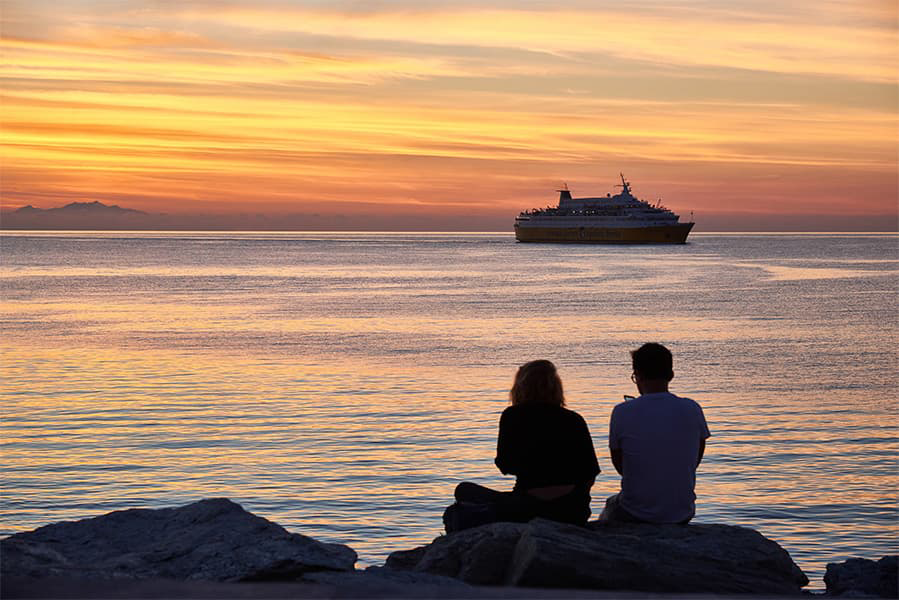Valletta - Catania
Ferries to Sicily
Valletta - Catania
Ferries to Sicily

The Valletta Catania ferry route connects Malta with Sicily. Currently there is just the 1 ferry company operating this ferry service, Virtu Ferries. The crossing operates up to 5 times each week with sailing durations from around 4 hours 15 minutes.
Valletta Catania sailing durations and frequency may vary from season to season so we’d advise doing a live check to get the most up to date information.
More routes than anyone else.

Compare fares, times & routes in one place.
Change plans easily with flexi tickets.

Book e-tickets & manage trips in-app.
Live ship tracking & real-time updates.

Top-rated customer support when you need it.
Valletta is the capital city of Malta. The foundation stone of Valletta was laid by the Grandmaster of the Order of Saint John, Jean Parisot de la Valette, on 28 March 1566; The Order (which was the long-time ruler of the city and the island) decided to found a new city on the Scebberras peninsula just after the end of the great Siege of Malta, so as to fortify the Order's position in Malta, effectively binding the Knights to the island. The city was designed by Francesco Lapparelli, while many of the most important buildings were built by Gerolamo Cassar. Valletta, hence, is an urban area which boasts many buildings from the 16th century and onwards, but most of them were built during the time of the Knights of St. John of Jerusalem (the Knights Hospitaller, or Knights of Malta). The Valletta peninsula, which is fed by the two natural harbours of Marsamxett and the Grand Harbour, is Malta's major port, with unloading quays at Marsa.
Catania port is situated on the south side of the city of Catania which is on the eastern coast of the island of Sicily, Italy. Several ferry services run between Catania ferry port and mainland Italy and there is also a service connecting Sicily to Malta. Catania is Sicily’s second largest city, with a population of around 300,000. The city is right under the most major currently active volcano in Europe - 'Mount Etna' or 'A Muntagna' as the locals refer to it and has been destroyed many times in its history. As a result you'll notice a great variety of landscape and architecture.